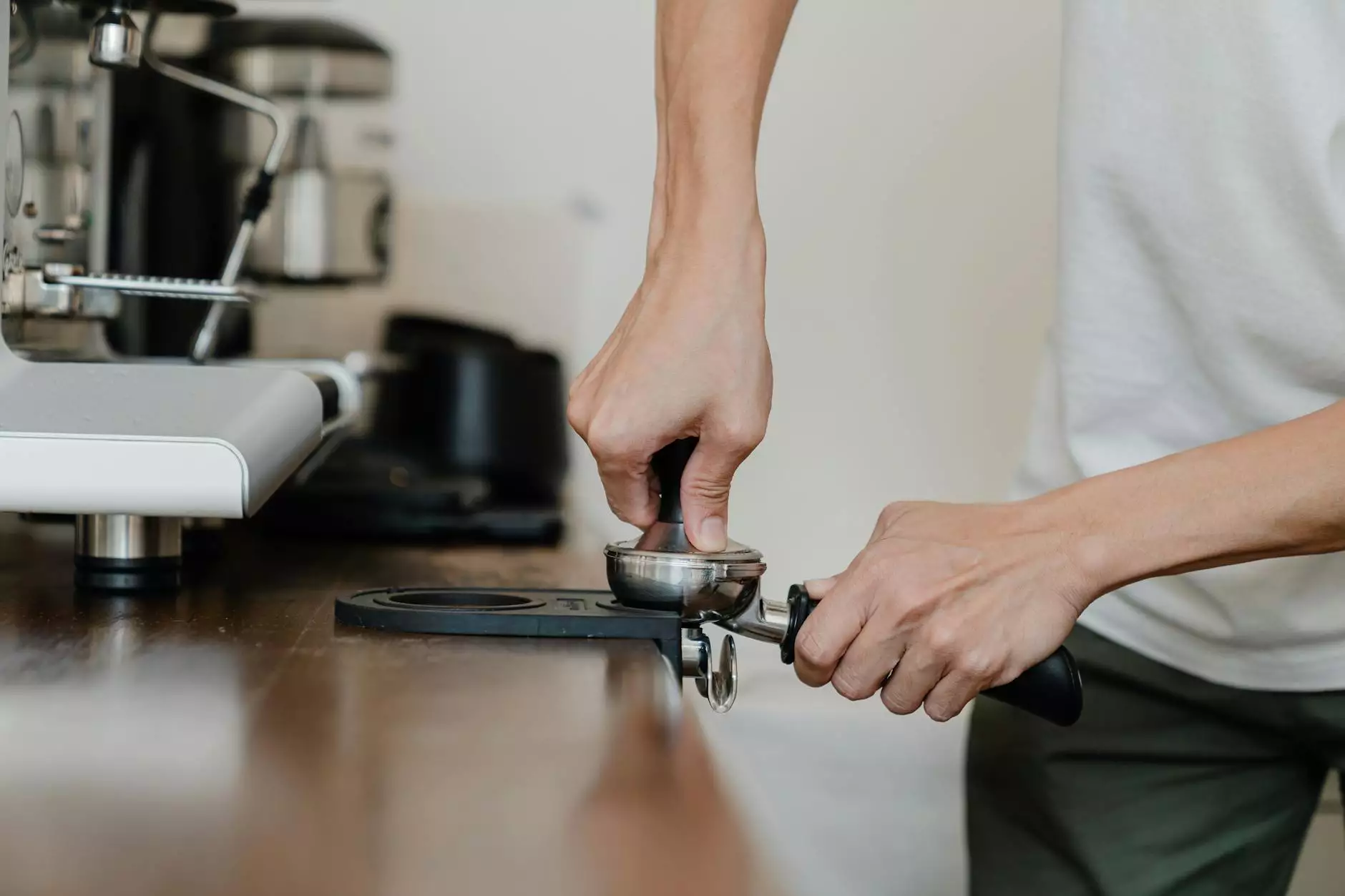Understanding Shoulder Pain with Abduction and Internal Rotation

Shoulder pain with abduction and internal rotation is a common condition that affects many individuals in their daily lives. The shoulder joint is a complex structure comprised of bones, muscles, tendons, and ligaments that work together to provide strength and mobility to the upper body. However, due to various factors such as poor posture, repetitive motion, trauma, or age-related degeneration, the shoulder joint can experience pain and discomfort.
The Anatomy of the Shoulder Joint
Before diving into the details of shoulder pain with abduction and internal rotation, it's essential to understand the anatomy of the shoulder joint. The shoulder joint consists of three main bones: the humerus, scapula, and clavicle. The humerus is the upper arm bone, while the scapula forms the shoulder blade, and the clavicle connects the shoulder to the chest.
Within the shoulder joint, there are various structures responsible for its movement, including muscles, tendons, and ligaments. The rotator cuff, composed of four different muscles, plays a crucial role in stabilizing and rotating the shoulder joint. These muscles are the supraspinatus, infraspinatus, teres minor, and subscapularis.
What is Shoulder Pain with Abduction and Internal Rotation?
Shoulder pain with abduction and internal rotation refers to the discomfort experienced in the shoulder when raising the arm away from the body (abduction) and rotating it inwards (internal rotation). This type of shoulder pain can range from mild to severe, and it may limit the individual's range of motion and overall functionality.
Common causes of shoulder pain with abduction and internal rotation include rotator cuff injuries, bursitis, frozen shoulder, or arthritis. It is essential to determine the underlying cause of the pain in order to develop an effective treatment plan and alleviate the symptoms.
Treatment Options for Shoulder Pain with Abduction and Internal Rotation
If you are experiencing shoulder pain with abduction and internal rotation, it is advisable to seek professional help from healthcare providers specializing in Chiropractic care or Physical Therapy. These professionals can assess your condition, perform diagnostic tests if necessary, and develop a personalized treatment plan to address your specific needs.
Possible treatment options for shoulder pain with abduction and internal rotation may include:
- Physical therapy exercises to strengthen the muscles and improve mobility
- Chiropractic adjustments to restore proper alignment and reduce pain
- Hot or cold therapy to reduce inflammation and provide relief
- Massage therapy to relax muscles and improve blood circulation
- Non-steroidal anti-inflammatory drugs (NSAIDs) for pain management
- Corticosteroid injections to reduce inflammation in the joint
It's important to remember that treatment options may vary depending on the underlying cause and severity of your shoulder pain. Therefore, working closely with a healthcare professional is vital for an accurate diagnosis and effective treatment.
Preventing Shoulder Pain with Abduction and Internal Rotation
While shoulder pain with abduction and internal rotation can be a bothersome condition, there are steps you can take to prevent its occurrence or alleviate its severity. Here are some tips to keep your shoulders healthy and minimize the risk of pain and discomfort:
- Maintain good posture, especially while sitting or working at a desk
- Avoid repetitive or excessive overhead movements
- Practice regular stretching exercises to improve shoulder flexibility
- Use proper lifting techniques to avoid straining your shoulders
- Engage in regular physical activity to keep the muscles around your shoulders strong
- Take breaks and rest when engaging in activities that put repetitive strain on your shoulders
- Listen to your body and avoid activities that cause pain or discomfort
Conclusion
Shoulder pain with abduction and internal rotation can significantly impact your daily life and hinder your ability to perform regular tasks. By understanding the anatomy of the shoulder joint, the causes of this type of pain, and the available treatment options, you can take proactive steps towards managing and preventing this condition.
If you are experiencing shoulder pain with abduction and internal rotation, don't hesitate to consult with professionals in the field of Health & Medical, Chiropractors, or Physical Therapy. They can guide you through a thorough evaluation and provide the necessary treatments to restore your shoulder's functionality and improve your overall quality of life.
Remember, seeking timely professional help is crucial. Take care of your shoulders and prioritize your well-being!









